Cellular Respiration-Process, Types, Regulation, and Evolutionary Significance
Cellular respiration is a fundamental biological process that converts food molecules like glucose into the cellular currency of energy, adenosine triphosphate (ATP).
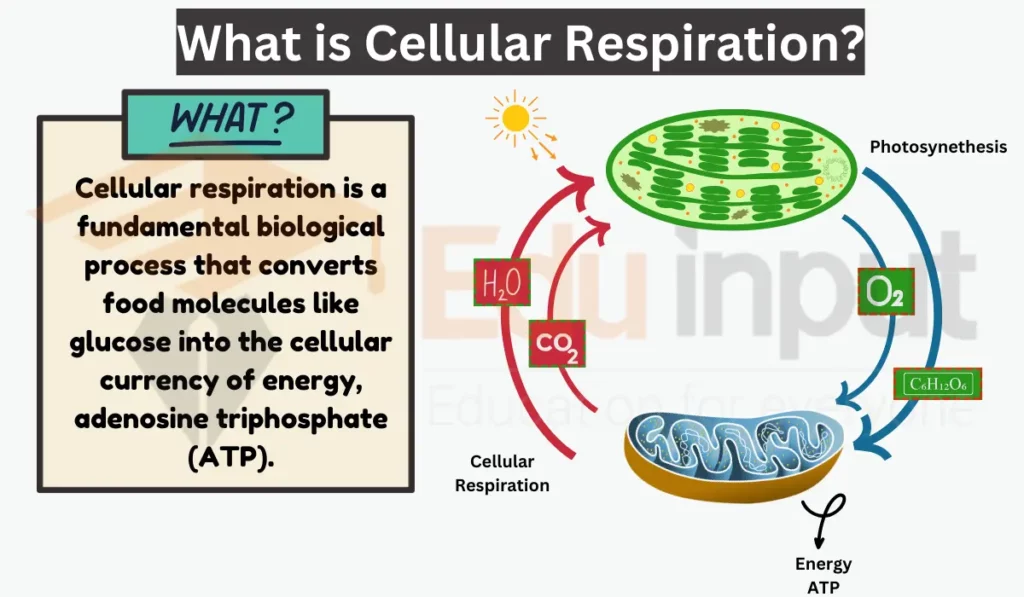
Cellular respiration breaks down these nutrients and transfers their stored energy to ATP. This ATP then supports all life functions, from muscle movement and digestion to growth, and repair.
cellular respiration begins with a pathway called Glycolysis.
Reference [1]
Process of Cellular Respiration
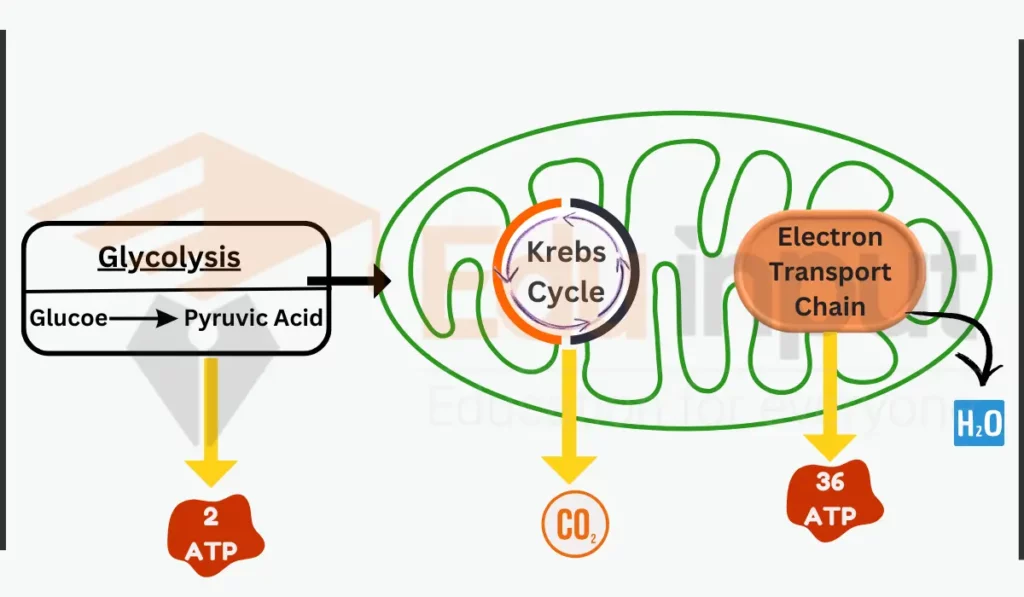
Glycolysis
Glycolysis involves a series of enzyme-catalyzed reactions that convert glucose into pyruvate. The key enzymes hexokinase, phosphofructokinase, and pyruvate kinase regulate this process.
Glycolysis generates energy in the form of 2 ATP molecules as well as 2 NADH electron carriers. The end product, pyruvate, contains energy that will be used in the next stages of respiration.
Krebs Cycle
Krebs cycle is a repeating series of 8 enzyme-mediated reactions arranged in a circular loop. It completes the breakdown of glucose molecules from glycolysis by further extracting electrons in the form of high-energy electron carriers NADH and FADH2.
These electron carriers continuously transport energy from the Krebs cycle to be utilized later in cellular respiration. The cyclical nature of the Krebs cycle allows it to turn over rapidly to keep pace with cellular energy demands.
Electron Transport Chain and ATP Synthase
As NADH and FADH2 accumulate from glycolysis and the Krebs cycle, they transport electrons to a series of proteins embedded in the mitochondria membrane called the electron transport chain. As electrons pass down this chain, protons are pumped across the mitochondrial membrane, generating an electrochemical proton gradient.
This gradient is developed by ATP synthase to power the production of the majority of ATP generated from cellular respiration. The flow of protons back through ATP synthase catalyzes the generation of ATP from ADP, yielding about 34 additional ATP molecules.
Types of Cellular Respiration
The two primary forms of cellular respiration involve contrasting relationships with oxygen. Aerobic cellular respiration leverages oxygen to unlock maximal energy from sugar molecules, while anaerobic respiration proceeds without oxygen present.
1: Aerobic Respiration
Aerobic respiration provides up to 36 ATP molecules per glucose thanks to its four sequential stages:
- Glycolysis
- Krebs Cycle
- Electron Transport Chain
- ATP Synthase
The first half occurs in the cytosol, splitting glucose into pyruvate with a small net ATP gain. The second aerobic half occurs in mitochondria, where pyruvate is broken down to H20 and CO2.
Inside mitochondria, there are specialized protein chains that pass high-energy electrons down in a transport chain while releasing energy to pump protons. This proton gradient powers ATP synthase to make abundant ATP.
Nearly all complex multicellular organisms—like animals, plants, and fungi rely on aerobic respiration occurring within organelles called mitochondria. The high ATP yield supports energy-intensive processes like locomotion, cognition, photosynthesis, and development.
2: Anaerobic Respiration
When oxygen is limited, cells bypass aerobic stages, undergoing fermentation instead. This anaerobic process regenerates glycolysis cofactors to sustain some ATP production through two main types:
- Lactic Acid Fermentation
- Alcoholic Fermentation
Both regenerate cofactors like NAD+ to keep glycolysis supplying ATP, but they have a lower yield than aerobic respiration. Certain organisms have adapted to become “obligate anaerobes” that rely solely on fermentation pathways.
Many microbes and simple organisms like yeasts can thrive on anaerobic fermentation pathways alone. Some cells in oxygen-starved muscle tissue will also undergo lactic acid fermentation temporarily as an adaptive tactic for bursts of intense exertion.
It is less efficient, but it offers unique evolutionary benefits related to oxygen sensitivity or habitat versatility that aerobic respiration lacks.
Aerobic vs. Anaerobic
Aerobic respiration relies on oxygen, yielding more efficient ATP production. In contrast, anaerobic respiration operates without oxygen. It offers a less efficient alternative. Both processes involve glycolysis, but aerobic respiration continues with the Krebs cycle and oxidative phosphorylation, maximizing energy extraction.
In anaerobic respiration, fermentation pathways, such as lactic acid or alcoholic fermentation, serve as alternative means to generate energy, though with lower ATP output. Organisms strategically choose between these pathways based on environmental conditions and metabolic demands, showcasing the adaptability of life to diverse contexts.
Regulation and Efficiency of Cellular Respiration
To optimize energy production to precisely match needs, cells can turn up or down respiration rates like a “cellular gas pedal.”
When adequate ATP exists, internal sensors in the main respiration pathways detect these high levels. Through this self-check feedback loop, cells save energy by directly controlling reaction rates through these control “dial” sites along the metabolic assembly line.
By synthesizing more tiny mitochondria organelles or concentrations of energy-boosting enzymes when needed, cells can push respiration rates into overdrive.
When you’re resting, it operates on low power, using minimal fuel to maintain basic functions. Through these mechanisms, cells can achieve over 95% energy savings when idling as well as maximize ATP production up to 36 molecules per sugar molecule burned during intense exercise. When glucose is scarce, backup fuels like fatty acids and ketones can also power the respiration pathways.
The processes of cellular respiration and photosynthesis are linked as complementary opposites. Photosynthesis uses sunlight energy to synthesize glucose and other carbohydrates from CO2 and H2O while releasing O2 as a byproduct. Cellular respiration uses O2 to break carbohydrates like glucose down into CO2 and H2O, releasing energy to make ATP.
Evolutionary Significance
The development of efficient cellular respiration machinery provided evolutionary advantages driving natural selection. Aerobic respiration generates up to 36 ATP molecules per glucose molecule compared to 2 ATP with anaerobic glycolysis. This boosted energy allowed for the evolution of complex, high-energy tissues like brains and flight muscles.
Over 1.5 billion years ago, aerobic bacteria capable of harvesting far greater energy from sugar molecules formed symbiotic relationships with early anaerobic cells lacking mitochondria. These oxygen-loving guests brought a turbocharged respiratory machinery perfected over eons of evolution.
By taking up residence in proto-eukaryotic cells, mitochondria provided protected accommodation to optimize the staged biochemical reactions of cellular respiration. Specifically, embedding the Krebs cycle and electron transport chain within mitochondrial membranes enhanced enzyme specificity and efficiency. Concentrating high energy carriers like NADH and proton gradients inside these organelles streamlined ATP production.
This fusion resulted in a Cambrian explosion-like proliferation of multicellular life by unlocking up to 36 ATP molecules per sugar molecule burned—an 18X increase over anaerobic glycolysis alone.
The richness of ATP fueled by mitochondrial respiration enabled the development of muscle tissues, nervous systems, and the first complex animals over 500 million years ago. Truly These once free-living bacteria became the enduring powerhouse energizing nearly all complex life on Earth today.
Applications of Cellular Respiration
1. Food and Beverage Production
- Alcoholic Fermentation: From the bubbly joy of beer to the heady warmth of wine, yeasts engage in anaerobic respiration to produce ethanol, fueling our fermentation-based beverages.
- Lactic Acid Fermentation: The tangy punch of yogurt or the earthy charm of sourdough bread arises from microbial lactic acid fermentation, another form of anaerobic respiration that preserves and adds flavor to food.
- Chocolate Fermentation: The rich aroma and complex flavors of chocolate originate from microbial fermentation, where sugars in cocoa beans are broken down by yeasts and bacteria.
2. Bioenergy and Biofuels
- Anaerobic Digestion: Waste organic matter, from manure to food scraps, can be efficiently broken down through anaerobic respiration in specially designed digesters, yielding biogas (a methane-rich mixture) used for heat, electricity, or vehicle fuel.
- Algae Biofuel: By photosynthetic and respiratory capabilities of algae, scientists are creating sustainable biofuel alternatives, utilizing cellular respiration to convert energy stored in algal biomass into liquid fuels.
3. Medical and Pharmaceutical Applications
- Drug Development: Understanding the intricate pathways of cellular respiration informs the development of drugs targeting mitochondrial function. Metformin, used for diabetes, is one example, acting on mitochondrial energy production to regulate blood sugar.
- Antibiotics: Certain antibiotics disrupt bacterial respiration, making them vulnerable and paving the way for effective treatment of infections.
4. Environmental Remediation
- Wastewater Treatment: Bacteria employing anaerobic respiration play a crucial role in wastewater treatment plants, breaking down organic pollutants and purifying water for reuse.
- Bioremediation: Contaminated soil can be cleaned by introducing microbes utilizing specific fermentation pathways to degrade harmful pollutants, demonstrating the versatility of cellular respiration in environmental cleanup.
5. Agriculture and Crop Optimization
- Soil Aeration: By managing soil aeration, farmers influence plant root respiration, optimizing oxygen availability and ultimately boosting crop yields and resilience.
- Controlled Irrigation: Understanding the water requirements of plants through their respiratory rates informs precise irrigation practices, promoting water conservation and efficient crop production.
6. Energy Storage and Production
- Microbial Fuel Cells: Research is exploring the potential of harnessing microbial respiration directly to generate electricity through microbial fuel cells, opening up possibilities for sustainable energy production.
- Biophotovoltaics: Combining photosynthesis and cellular respiration in algal systems is being explored for biophotovoltaic applications, offering a potential solar energy alternative.
7. Food Science and Preservation
- Modified Atmosphere Packaging: Understanding the respiratory rates of fruits and vegetables allows for tailoring oxygen and carbon dioxide levels in packaging, extending shelf life and reducing food waste.
- Post-Harvest Treatments: Controlled respiration environments can slow down the ripening process of fruits after harvest, maintaining freshness and reducing spoilage.
8. Forensic Science and Law Enforcement
- Blood Alcohol Content Analysis: Measuring the ethanol produced through anaerobic respiration in the body helps determine blood alcohol content in forensic investigations.
- Tissue Dating: Cellular respiration rates can be used to estimate the time of death in tissue samples, aiding in forensic timelines and investigations.
9. Synthetic Biology and Bioprinting
- Artificial Cells: Research into creating artificial cells powered by engineered cellular respiration systems is opening up possibilities for advanced tissue engineering and regenerative medicine.
- Bioprinting and Biofabrication: Understanding the interplay between respiration and other cellular processes could pave the way for bioprinting tissues and organs with functional metabolic systems.
10. Interdisciplinary Research and the Future
The intersection of biology, engineering, and other fields in studying cellular respiration holds immense potential for future advancements. From bioremediation strategies to biobased materials, understanding this fundamental process will continue to unlock innovative solutions across diverse fields.

 written by
written by 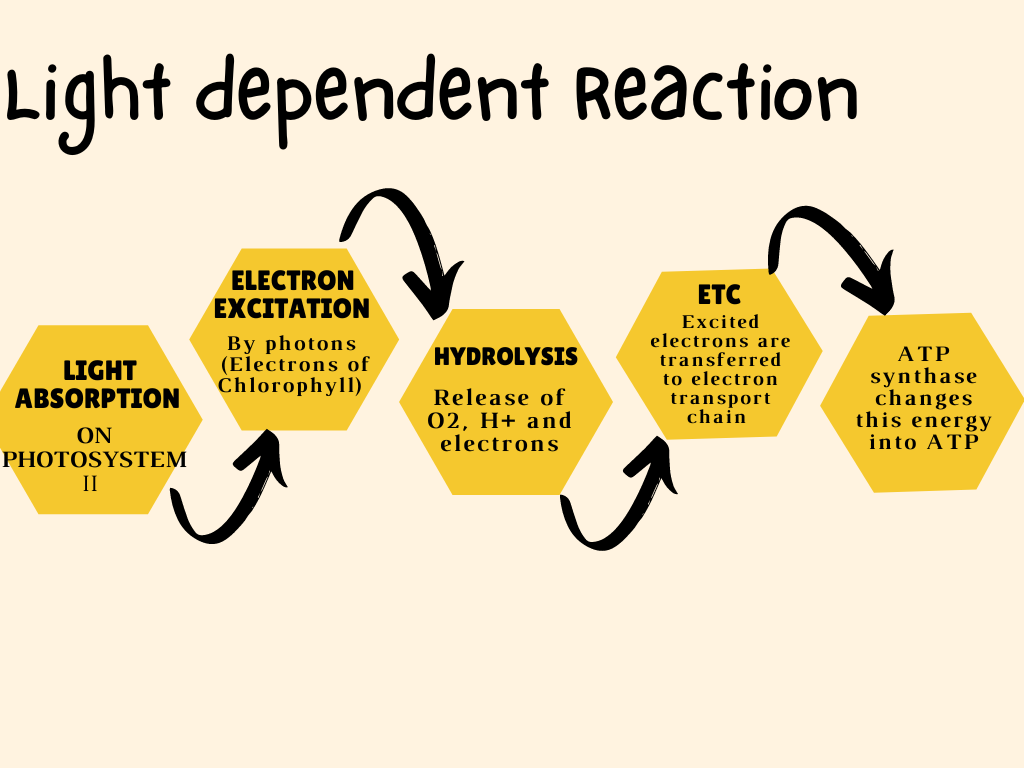
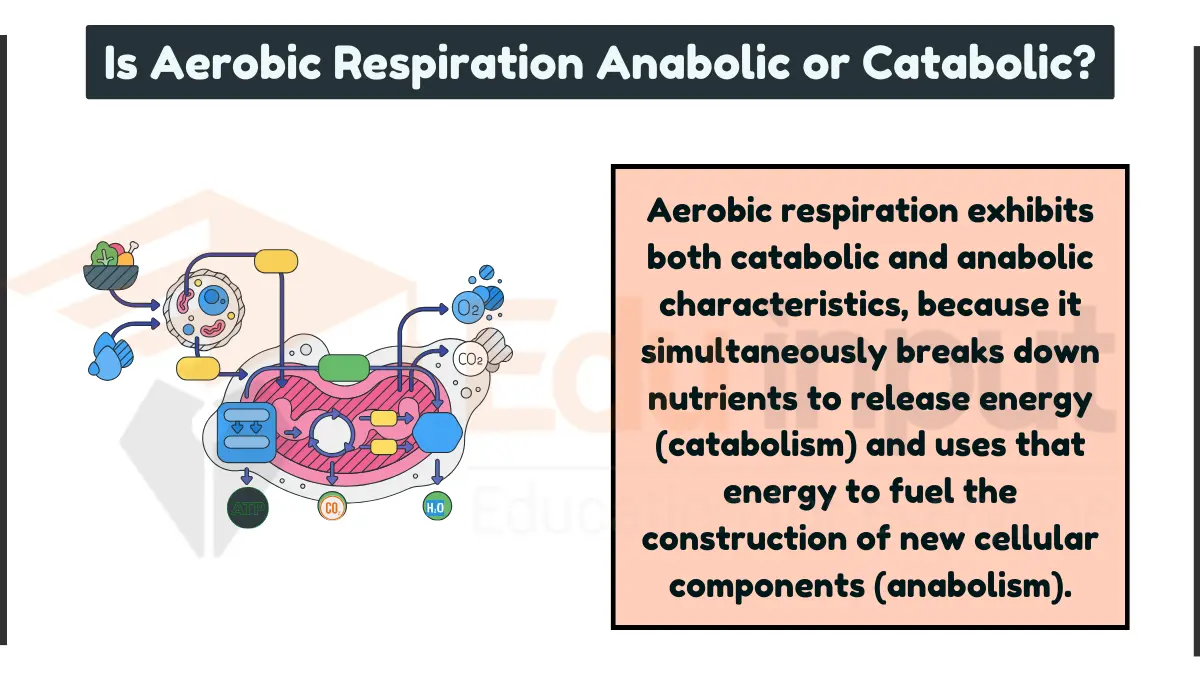
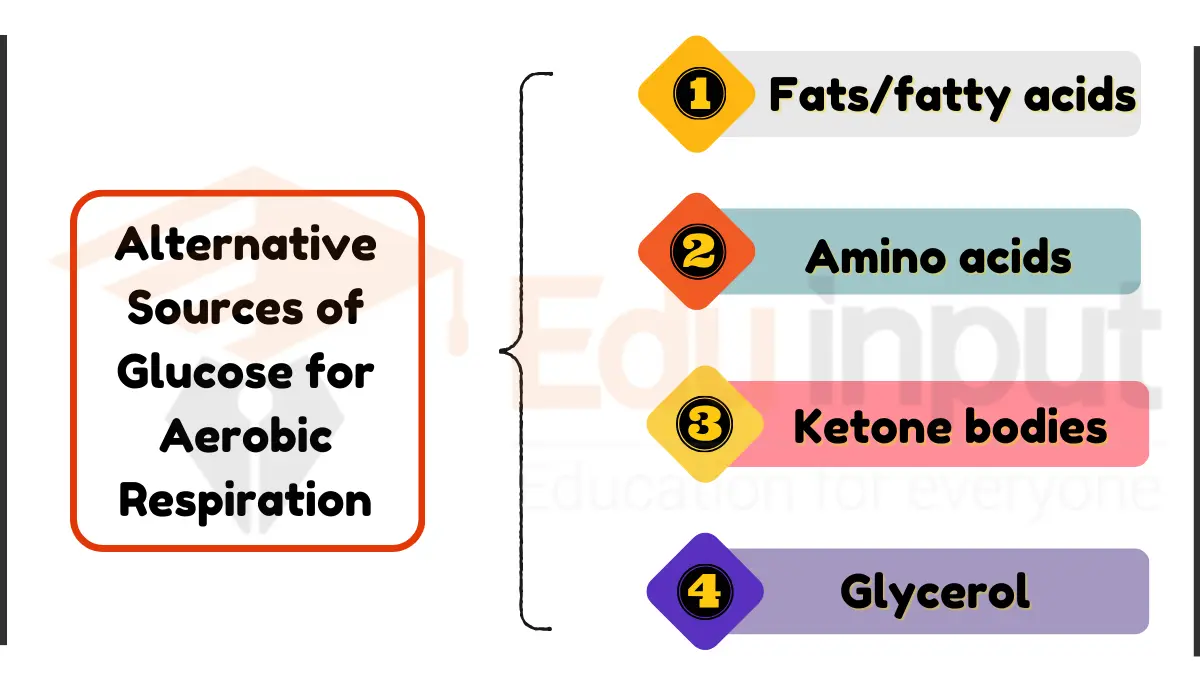


Leave a Reply